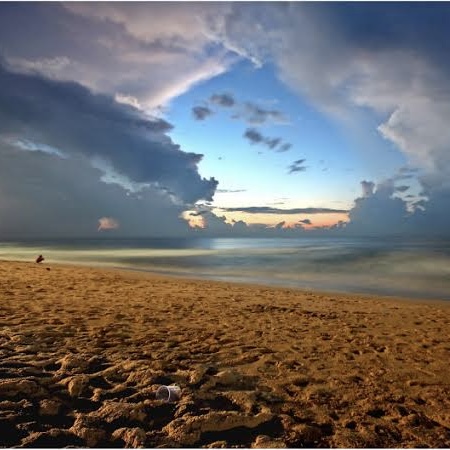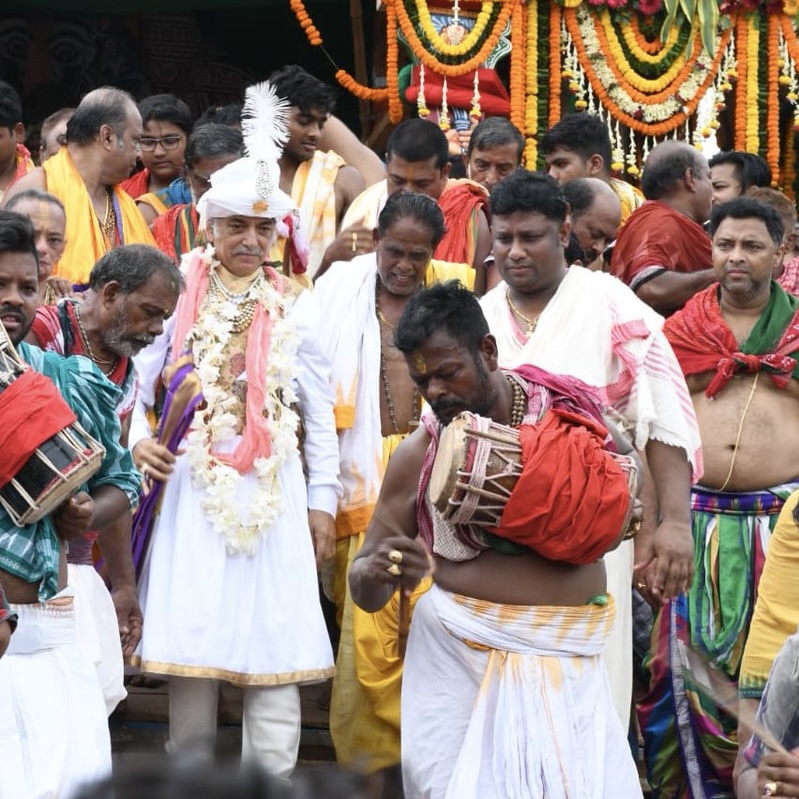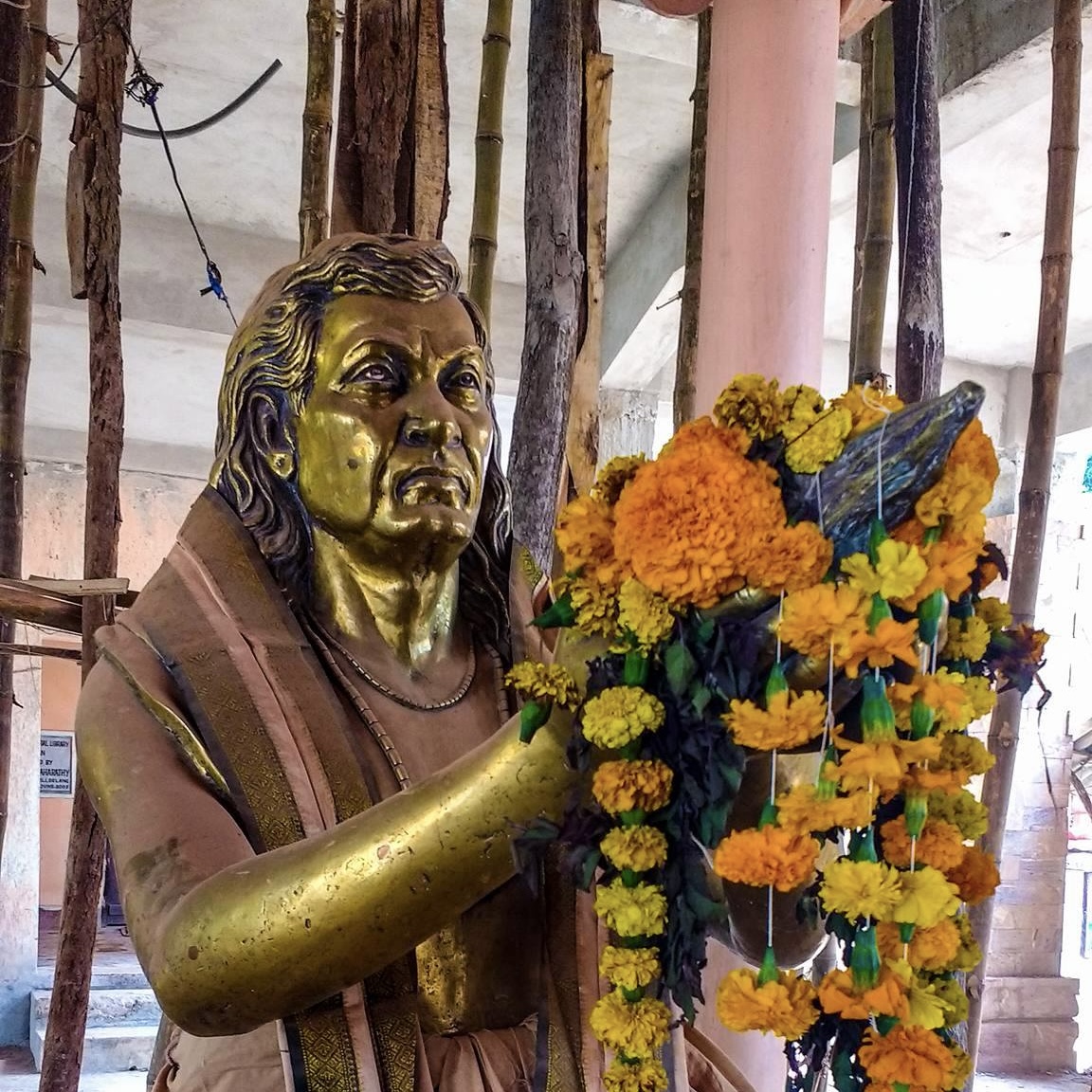Puri, the sacred coastal town of Odisha, is widely celebrated as the divine abode of Lord Jagannath. Millions of devotees and travelers flock to Puri every year—not only for the grandeur of the Jagannath Temple but also to experience the spiritual serenity of its sweeping shoreline. Among the many revered landmarks of this holy city, the sea beach near Swargadwar holds exceptional spiritual and emotional significance. Locally known as Saradha Bali (ଶାରଧ ବାଲି), this sacred stretch of sand is more than a natural marvel—it is a spiritual destination in itself.
Saradha Bali is not just a part of Puri’s coastline; it is a living symbol of remembrance, ancestral connection, and the transient nature of life. This article will explore the history, origin, cultural relevance, and spiritual significance of why the golden sands of Puri are known as Saradha Bali, weaving together myth, tradition, and timeless faith.
What is Saradha Bali?
Saradha Bali refers to the specific stretch of beach near Swargadwar (Gateway to Heaven) in Puri, where rituals are performed to honor deceased ancestors. The name “Saradha” is derived from the Sanskrit word Śrāddha (श्राद्ध), which signifies the rituals of remembrance and offerings made for the departed souls in Hindu tradition. “Bali” means sand or shore in Odia.
Together, Saradha Bali literally means “the sand of ancestral offerings”—a place where life meets death, and the spiritual world touches the material.
Historical and Spiritual Origins
The tradition of performing Śrāddha rituals on the seashore at Puri dates back centuries and is deeply rooted in the Puranic and Vedic texts. The Matsya Purana, Garuda Purana, and Brahma Purana mention the spiritual efficacy of performing pinda daan (rice ball offerings to ancestors) at sacred tirthas (pilgrimage sites) near the sea.
Puri, being one of the Char Dham pilgrimage sites (along with Badrinath, Rameswaram, and Dwarka), holds supreme spiritual importance. Among these, Puri is considered the Moksha Dham, where liberation from the cycle of birth and death is believed to be attainable. Performing ancestral rituals on this land amplifies the spiritual merit (punya), helping the souls of ancestors attain peace and salvation.
Thus, Saradha Bali came to be known as the preferred destination for last rites, particularly among followers of Vaishnavism and the Jagannath cult.
The Ritual Practices at Saradha Bali
Every day, especially during auspicious occasions like Pitru Paksha, Amavasya (new moon), Magha Mela, and Kartika Purnima, thousands of pilgrims perform tarpana, pinda daan, and shraddha rituals on Saradha Bali. These practices include:
1. Pinda Daan (Offering Rice Balls to Ancestors)
Ritualistic rice balls are offered to appease ancestral spirits. It is believed that the soul, which lingers in subtle form after death, is nourished through these offerings.
2. Tarpana (Libation)
Water mixed with sesame seeds and holy mantras is poured into the sea, symbolizing the connection between the earthly world and the astral plane.
3. Brahmin Feeding and Charity
As part of the rituals, Brahmins are fed, and clothes or donations are offered to the poor, reflecting the values of compassion and gratitude toward past generations.
These acts are not mere formalities; they are deeply emotional and spiritual gestures that signify letting go, seeking forgiveness, and helping the departed move toward divine peace.
Why Puri is Chosen for Śrāddha?
There are several reasons why Puri, and specifically Saradha Bali, is considered highly auspicious for performing ancestral rites:
1. Proximity to Swargadwar
The beach lies adjacent to Swargadwar, literally translating to the “gateway to heaven.” It is believed that those who die in Puri or are cremated here receive direct passage to Vaikuntha (the abode of Lord Vishnu).
According to legend, Lord Vishnu Himself chose this place as the resting point for souls seeking salvation, which elevates the sacredness of performing rituals here.
2. Presence of Lord Jagannath
Puri is the land of Lord Jagannath, the universal form of Vishnu/Krishna. It is believed that the blessings of Jagannath ease the soul’s transition from the earthly realm to the afterlife. Offering Śrāddha in His presence multiplies its efficacy.
3. Sea as a Cosmic Conduit
In Hindu cosmology, the ocean is considered a cosmic pathway to other realms. Offering rituals by the sea facilitates the transfer of spiritual offerings directly to the souls of ancestors, carried by the waves and the wind.
Cultural Significance and Local Beliefs
To the people of Odisha and many other parts of eastern India, Saradha Bali is more than just a geographical location. It is a cultural institution where generations of families return to pay homage to their lineage.
It is common to hear locals say:
“Jebe banchiba, Jagannathanka darshan; jebe mariba, Swargadwara dahan.”
(“In life, visit Jagannath; in death, rest at Swargadwar.”)
Many families return to Saradha Bali annually to perform tithi śrāddha—a yearly ritual for deceased relatives. It is also common for devotees to perform Narayan Bali, a specific ritual for those who passed away unnaturally, in the hope of spiritual liberation.
Architecture of Ritual Spaces
Saradha Bali is not just a sandy beach; over time, it has evolved into a semi-organized ritual zone with:
- Thatched huts and platforms for rituals.
- Brahmin priests stationed throughout, trained in Śrāddha scriptures.
- Water containers, sesame seeds, kusa grass, and ritual tools readily available.
Despite its sacred aura, the area remains open and accessible to the public, preserving the traditional inclusivity of Jagannath culture—which welcomes people from all castes and communities.
Modern Challenges and Preservation
In recent years, Saradha Bali has faced challenges such as:
- Beach erosion due to climate change.
- Overcrowding during peak pilgrimage seasons.
- Environmental degradation from ritual leftovers.
Efforts are underway by both the Puri Municipality and Odisha Tourism Department to regulate, clean, and sustain the sanctity of the beach. Initiatives such as designated ritual zones, eco-friendly offerings, and waste management programs are helping Saradha Bali maintain its spiritual integrity.
Conclusion: The Sacred Sand of Remembrance
Saradha Bali is not just sand—it is sacred memory woven into the shoreline of time. It stands as a testament to the Hindu philosophy of continuity, where death is not an end but a bridge to the eternal. Through centuries, this golden stretch of beach has witnessed the tears, prayers, and offerings of millions—each one a thread connecting the mortal to the divine.
Whether you are a pilgrim, a seeker, or a curious traveler, standing on the sands of Saradha Bali is to stand at the crossroads of life, death, and transcendence. It is where the ocean becomes a witness to eternal love for those who came before us.
In the symphony of the waves and the scent of ritual fire, Saradha Bali reminds us that remembrance is not sorrow—it is sacred continuity.




